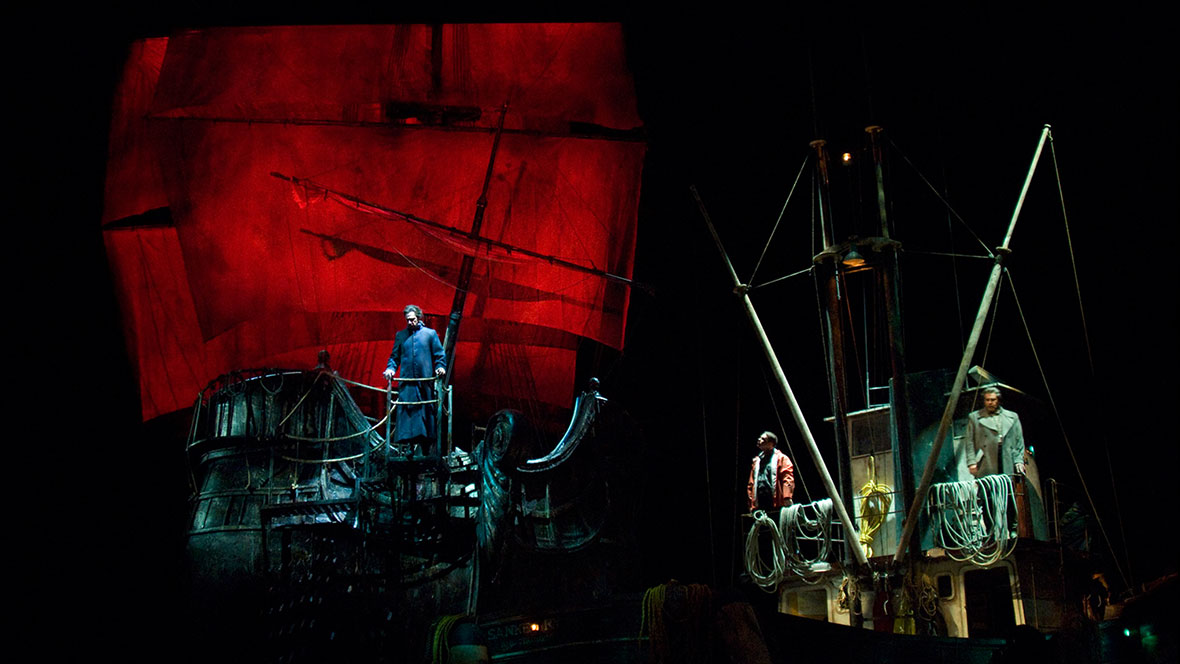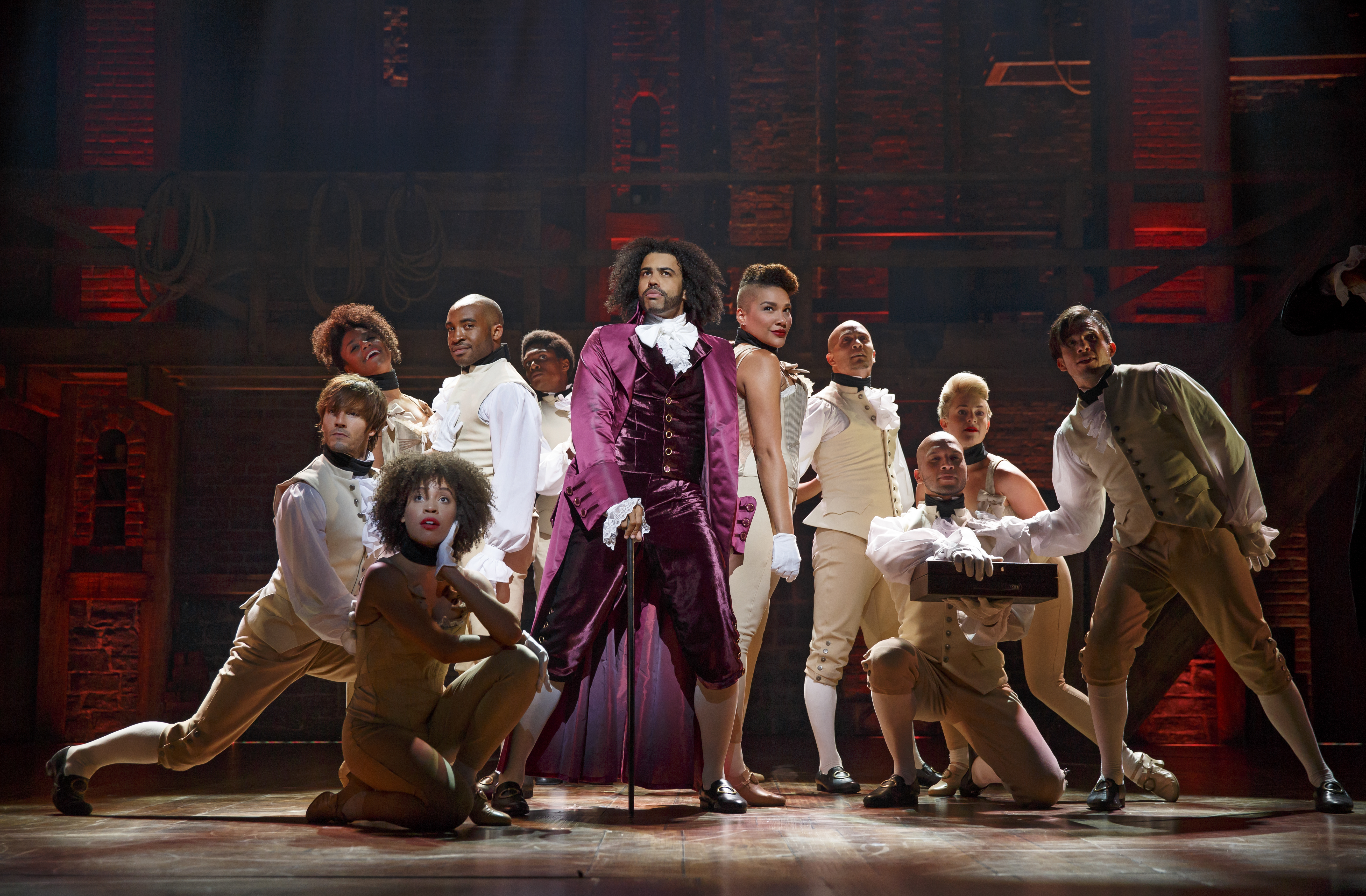 |
Show: The Royale: A Play in Six Rounds; by Marco Ramirez
Theatre: ACT; Seattle, WA
Tickets: ACT Pass
Date & Time: Sunday, September 26, 2016 @ 2pm
Okay, an important bit of information is that I went to see this play after spending around 24 hours over 4 days taking an ArtEquity intensive. For four days we worked on establishing a basis for understanding and identifying white supremacy, oppression, and inequalities due to gender, race, sexuality (to name a few) in society that have been perpetuated for hundreds of years in our country. It was a very intense experience and to finish it off by watching a play that drives each of those points home was, as my title alludes to, an extremely cathartic experience.
The Royale is inspired by the historical, groundbreaking boxer Jack Johnson who was the first black heavyweight champion from 1908 to 1915. Ramirez's play explores Johnson's story leading up to his first fight against the fictional white heavyweight champion Bernard "The Champ" Bixby. The script deftly runs Johnson's desire to be the best boxer alongside his struggle against racism and Jim Crow Laws, pitting his egoism and selfish lifestyle against his dedication and love of his sister. The play itself is beautiful and cutting at a time when our nation is struggling with extreme violence against men and boys of color. During an interview with press, Johnson tackles the fact that his athleticism and talent are explained away by the fact that "his kind" are prone to violence, so of course he would be drawn to boxing.
But, as is the case with many plays, it is the entire package that makes this a memorable show. Because I follow these things, I was excited to follow the interviews and write ups about director Ameenah Kaplan's approach to the show. Kaplan was part of the original company of STOMP and, per her wikipedia page, has been drumming since age 12. Her relationship with movement and percussion shine through the staging of The Royale. As she says in the interview found in the program, "...rhythm.... It calms, it soothes, and it informs." The rhythmic performance of the script, from the boxing moves to underscoring important lines, most definitely informs the story and pushes this play beyond a simple "based on the life of" and into the realm of immediate, necessary, and heart-rending.
I also must comment on Carey Wong's beautiful set. If you know anything about my own aesthetic, it will come as no surprise how much I believe that the bare stage of this show with just four stools is exactly what this show needed. The barebones of a boxing ring, the platform allows the story, the words, the people to take precedence over the visual world, which is exactly how scenery should act. It also makes the moment when the boxing ring is created for the final face-off of Johnson that much more powerful. The caging of "the grizzly bear" is complete and the audience can't help but be struck by Johnson's courage in the face of societal and personal demons.
But more than the excellence of this production, which ACT rarely disappoints on, is how important it is that this story was chosen for the main stage season of a LORT company. When so many seasons at the leading theatres in Seattle and the country are written and directed by and starring predominately white males, to have a production that celebrates and analyzes the racial injustices of then and now while celebrating talented artists that are often relegated to second string companies is important. My ArtEquity training is showing, but I have been so disappointed by the lack of diverse stories available to my communities by the theatres I work with and/or admire. The day before I attended this performance, I was fortunate enough to attend The Black Women Wisdom Summit, curated by Valerie Curtis-Newton and hosted by The Hansberry Project and Intiman Theatre. During the rich, honest conversation between the 11 black women playwrights and Curtis-Newton, a simple truth of the lack of diverse representation became clear. Dominique Morisseau said it best (and do go read the article/transcript from Seattle Weekly linked above for more pearls of wisdom):
If you are on the fence about seeing this show, go! It runs through October 9th. There are a ton of ways to get discounted tickets at ACT that you may not know about. Including Pay What You Can on Sundays, $20 on Tuesdays, and $15 tickets to students/Under 25! You will not be disappointed to spend your money to see this production.
Okay, an important bit of information is that I went to see this play after spending around 24 hours over 4 days taking an ArtEquity intensive. For four days we worked on establishing a basis for understanding and identifying white supremacy, oppression, and inequalities due to gender, race, sexuality (to name a few) in society that have been perpetuated for hundreds of years in our country. It was a very intense experience and to finish it off by watching a play that drives each of those points home was, as my title alludes to, an extremely cathartic experience.
The Royale is inspired by the historical, groundbreaking boxer Jack Johnson who was the first black heavyweight champion from 1908 to 1915. Ramirez's play explores Johnson's story leading up to his first fight against the fictional white heavyweight champion Bernard "The Champ" Bixby. The script deftly runs Johnson's desire to be the best boxer alongside his struggle against racism and Jim Crow Laws, pitting his egoism and selfish lifestyle against his dedication and love of his sister. The play itself is beautiful and cutting at a time when our nation is struggling with extreme violence against men and boys of color. During an interview with press, Johnson tackles the fact that his athleticism and talent are explained away by the fact that "his kind" are prone to violence, so of course he would be drawn to boxing.
But, as is the case with many plays, it is the entire package that makes this a memorable show. Because I follow these things, I was excited to follow the interviews and write ups about director Ameenah Kaplan's approach to the show. Kaplan was part of the original company of STOMP and, per her wikipedia page, has been drumming since age 12. Her relationship with movement and percussion shine through the staging of The Royale. As she says in the interview found in the program, "...rhythm.... It calms, it soothes, and it informs." The rhythmic performance of the script, from the boxing moves to underscoring important lines, most definitely informs the story and pushes this play beyond a simple "based on the life of" and into the realm of immediate, necessary, and heart-rending.
I also must comment on Carey Wong's beautiful set. If you know anything about my own aesthetic, it will come as no surprise how much I believe that the bare stage of this show with just four stools is exactly what this show needed. The barebones of a boxing ring, the platform allows the story, the words, the people to take precedence over the visual world, which is exactly how scenery should act. It also makes the moment when the boxing ring is created for the final face-off of Johnson that much more powerful. The caging of "the grizzly bear" is complete and the audience can't help but be struck by Johnson's courage in the face of societal and personal demons.
But more than the excellence of this production, which ACT rarely disappoints on, is how important it is that this story was chosen for the main stage season of a LORT company. When so many seasons at the leading theatres in Seattle and the country are written and directed by and starring predominately white males, to have a production that celebrates and analyzes the racial injustices of then and now while celebrating talented artists that are often relegated to second string companies is important. My ArtEquity training is showing, but I have been so disappointed by the lack of diverse stories available to my communities by the theatres I work with and/or admire. The day before I attended this performance, I was fortunate enough to attend The Black Women Wisdom Summit, curated by Valerie Curtis-Newton and hosted by The Hansberry Project and Intiman Theatre. During the rich, honest conversation between the 11 black women playwrights and Curtis-Newton, a simple truth of the lack of diverse representation became clear. Dominique Morisseau said it best (and do go read the article/transcript from Seattle Weekly linked above for more pearls of wisdom):
"Whose universe? Saying that work should be 'universal' is code for work that should be appreciated and understood by a white audience. So universal becomes code for white, and then we’ve got a white universe, and I’m like, hold on. The thing about universality is that we are all a part of the universe, so every work is universal. And if you aren’t writing from a specific place, where are you writing from?"This question of "where are you writing from" can be broadened to include directors and designers who shape the world on stage, and the artistic teams that are programming what worlds are on the stage in the first place.
If you are on the fence about seeing this show, go! It runs through October 9th. There are a ton of ways to get discounted tickets at ACT that you may not know about. Including Pay What You Can on Sundays, $20 on Tuesdays, and $15 tickets to students/Under 25! You will not be disappointed to spend your money to see this production.
--
And now, some stats:
# of Actors: 5
# of Female Characters: 1
# of Non-white Characters/Performers: 4
# of Artistic Team Members Listed on Title Page of Program: 9
# of Female Artistic Team Members: 4
(including: Director, Costume Designer, Asst Lighting Designer, and Production Assistant)
# of Actors: 5
# of Female Characters: 1
# of Non-white Characters/Performers: 4
# of Artistic Team Members Listed on Title Page of Program: 9
# of Female Artistic Team Members: 4
(including: Director, Costume Designer, Asst Lighting Designer, and Production Assistant)










